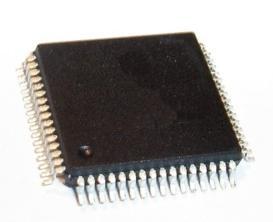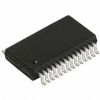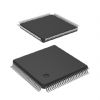CY7C439: Features: • 2048 x 9 FIFO buffer memory• Bidirectional operation• High-speed 28.5-MHz asynchronous reads and writes• Simple control interface• Registered and transparen...
floor Price/Ceiling Price
- Part Number:
- CY7C439
- Supply Ability:
- 5000
Price Break
- Qty
- 1~5000
- Unit Price
- Negotiable
- Processing time
- 15 Days
SeekIC Buyer Protection PLUS - newly updated for 2013!
- Escrow Protection.
- Guaranteed refunds.
- Secure payments.
- Learn more >>
Month Sales
268 Transactions
Payment Methods
All payment methods are secure and covered by SeekIC Buyer Protection PLUS.

 CY7C439 Data Sheet
CY7C439 Data Sheet








